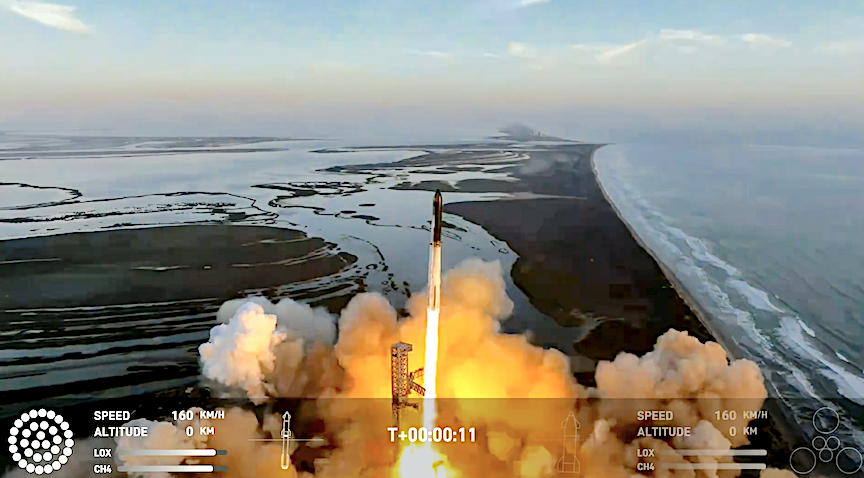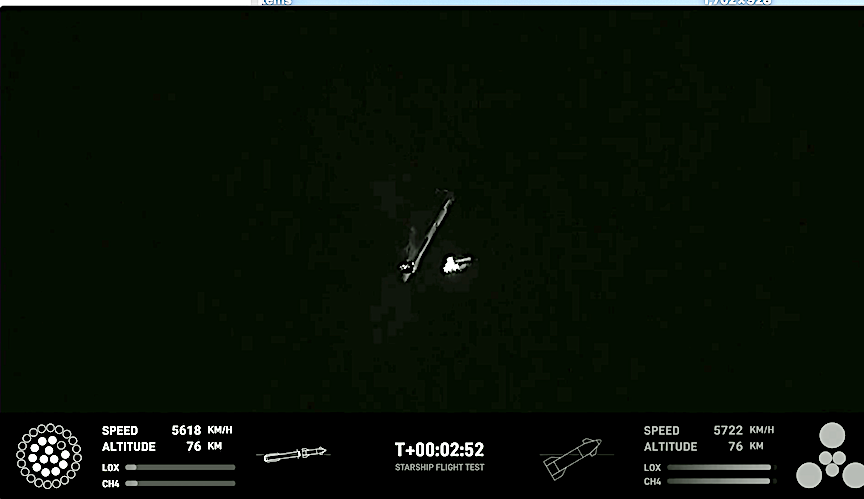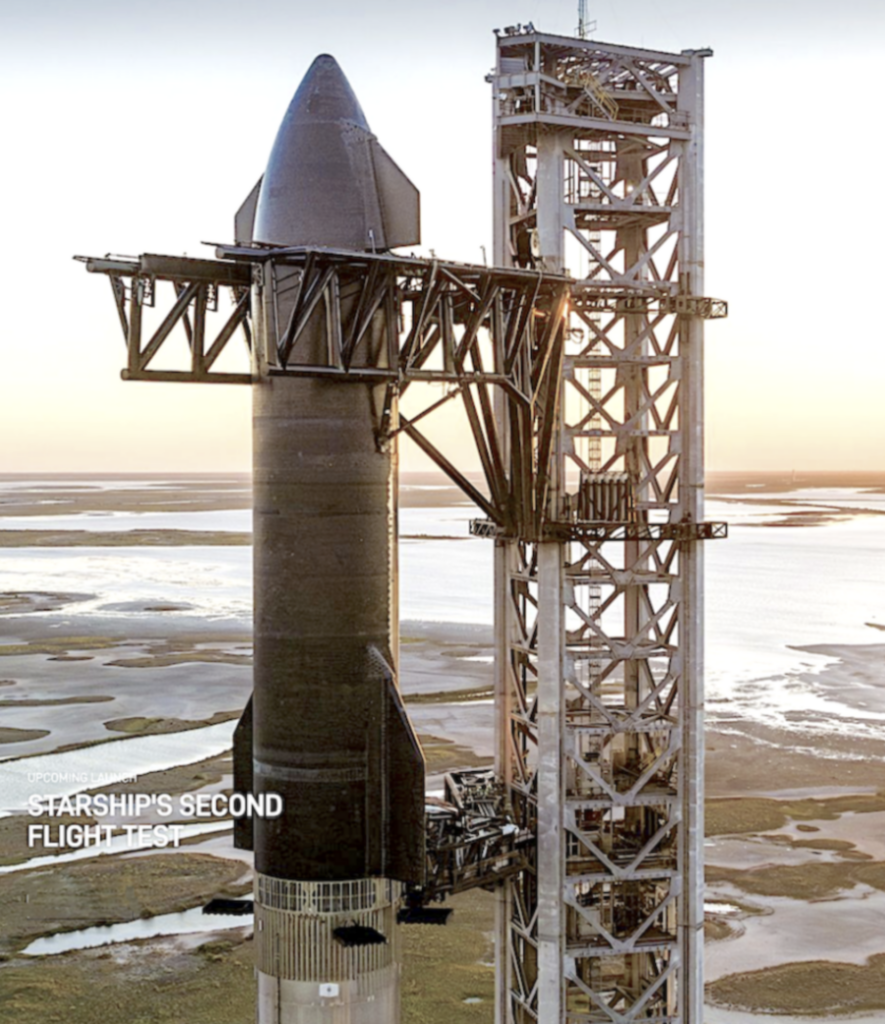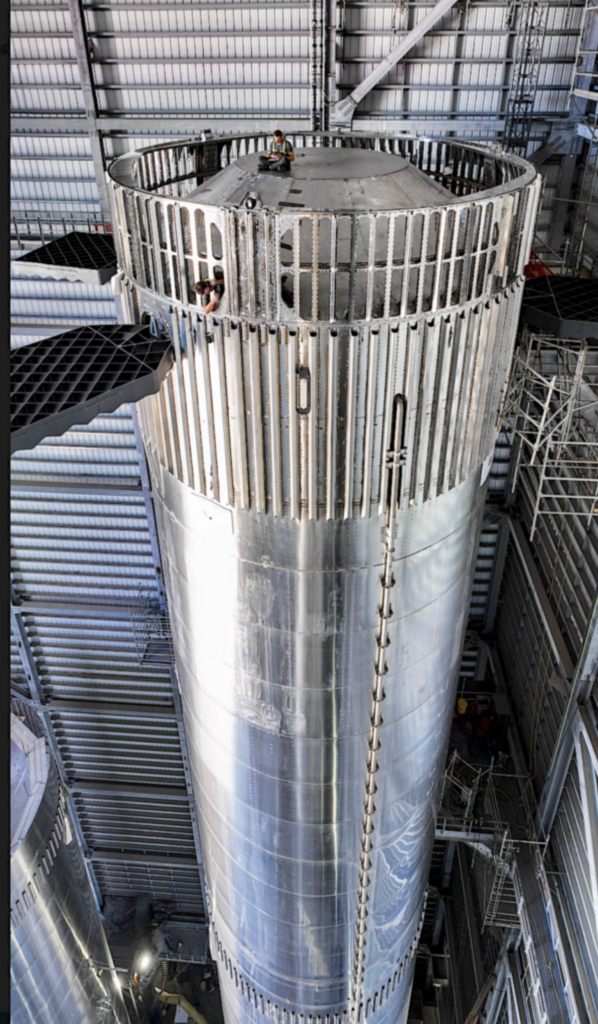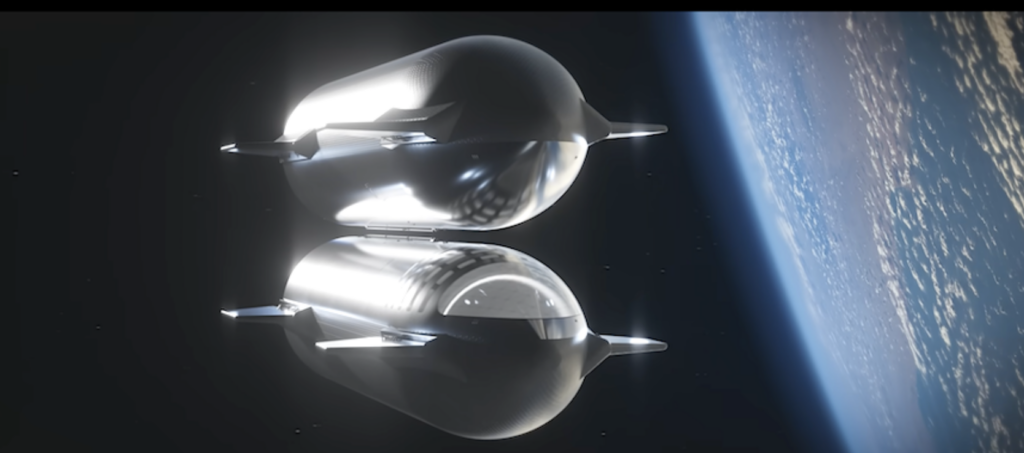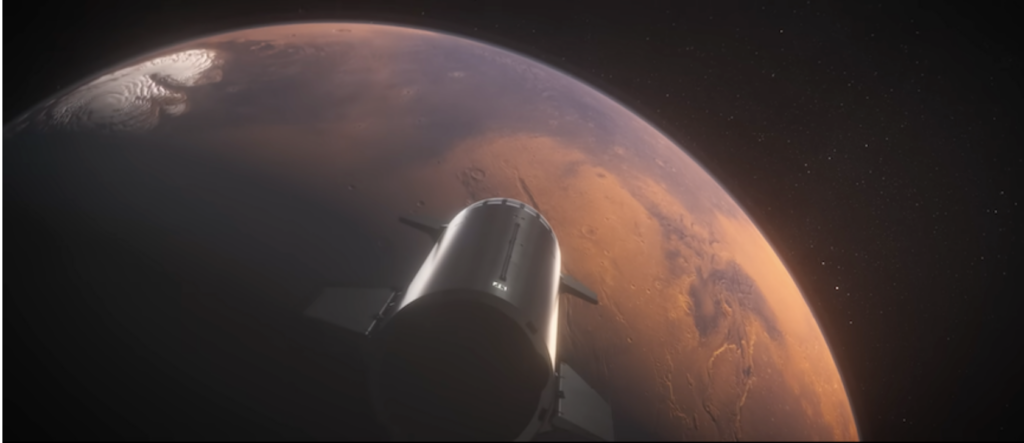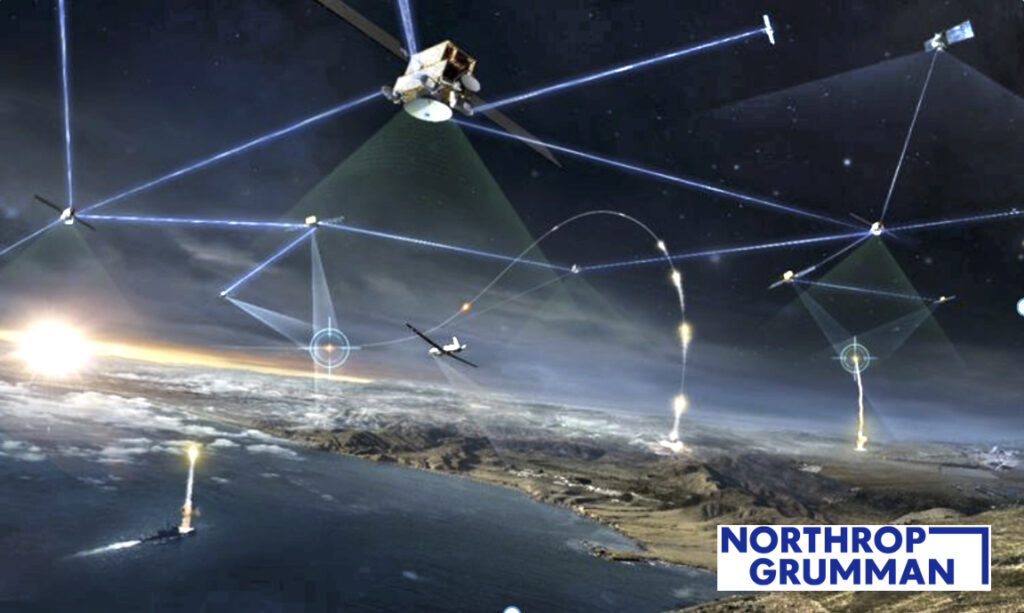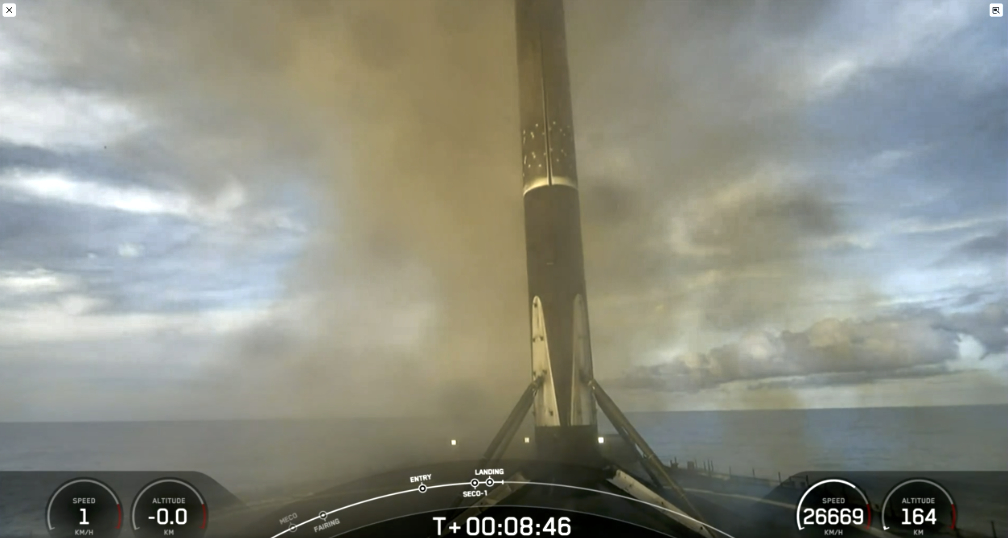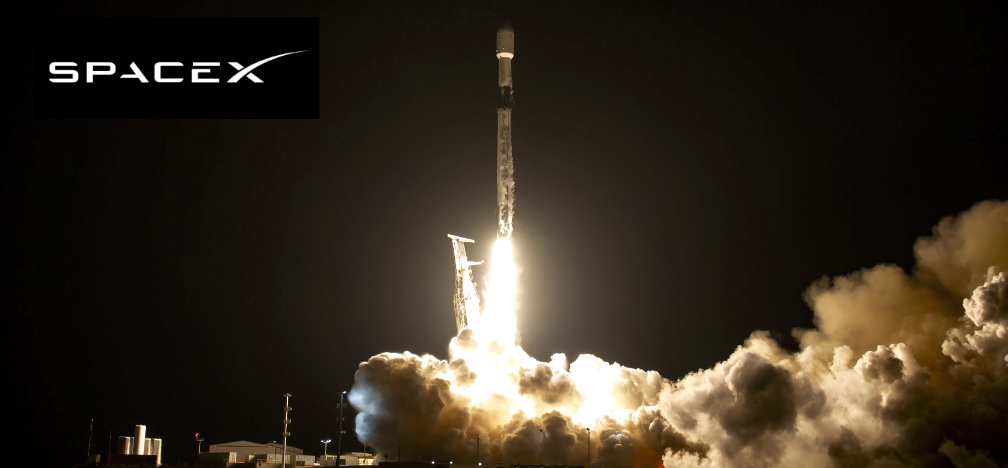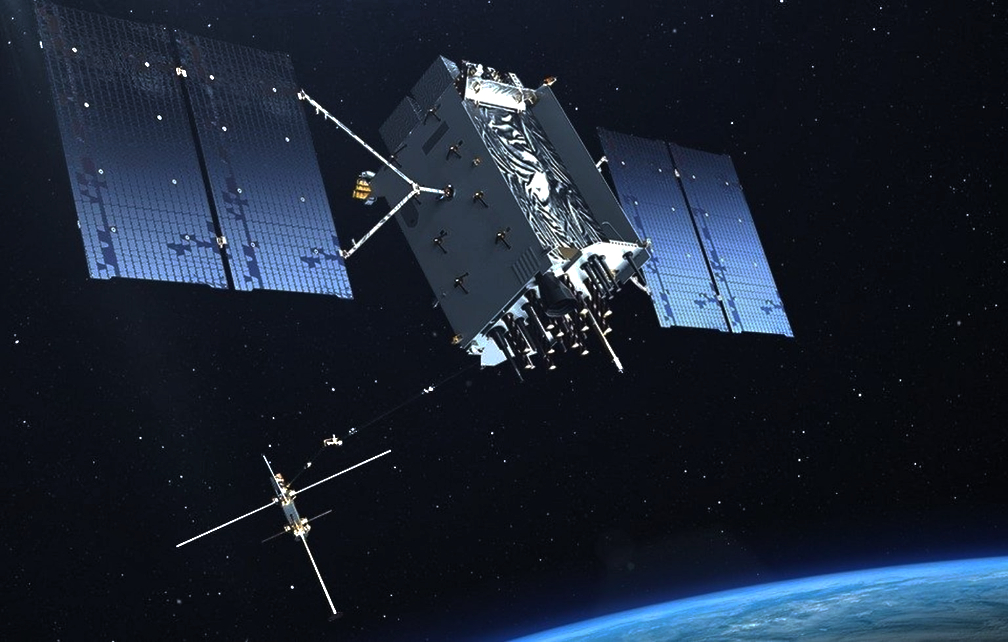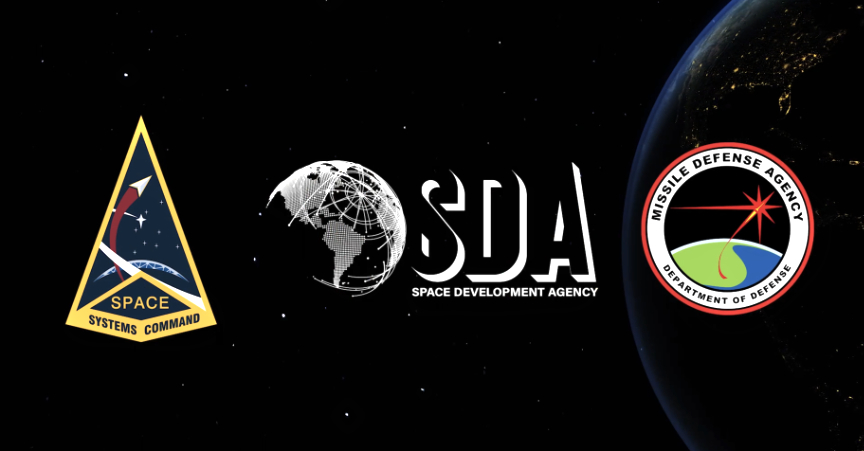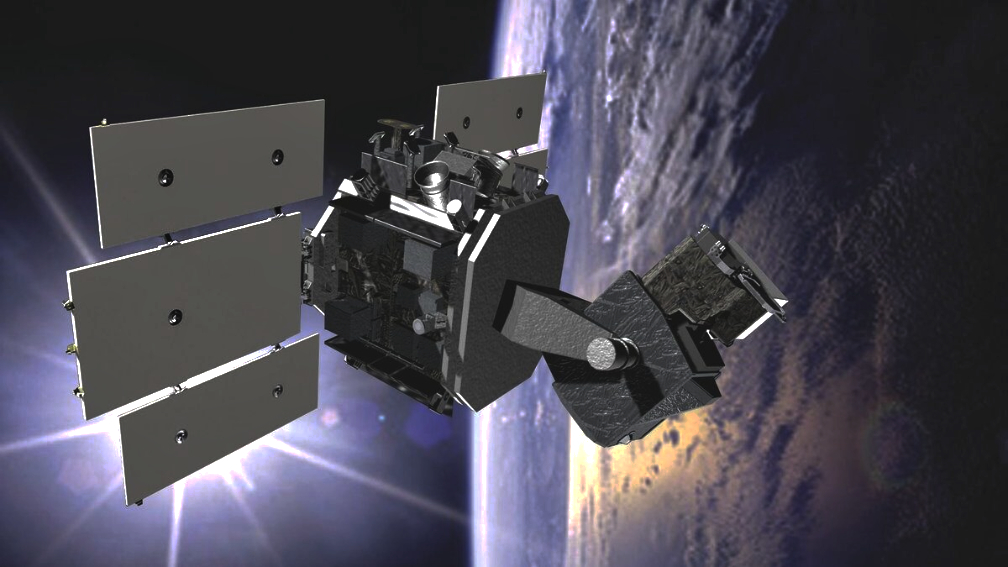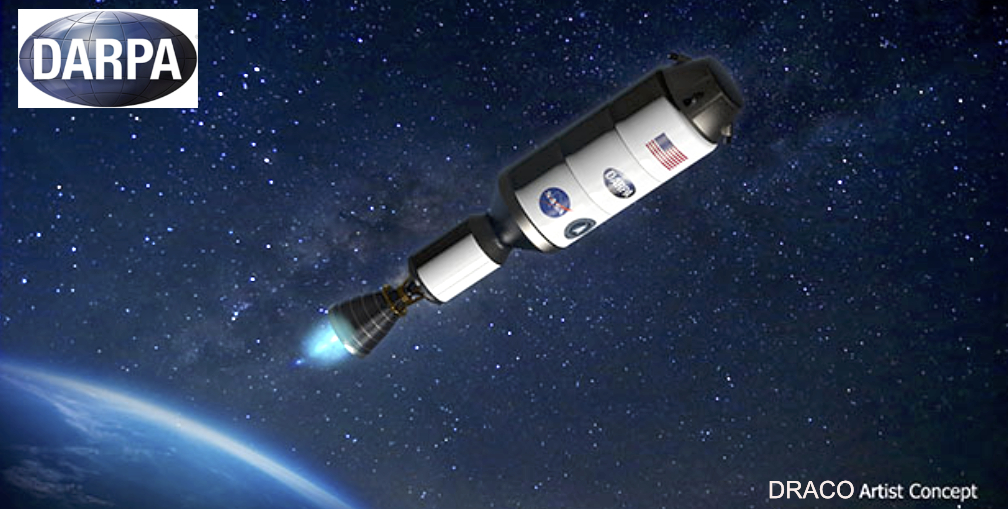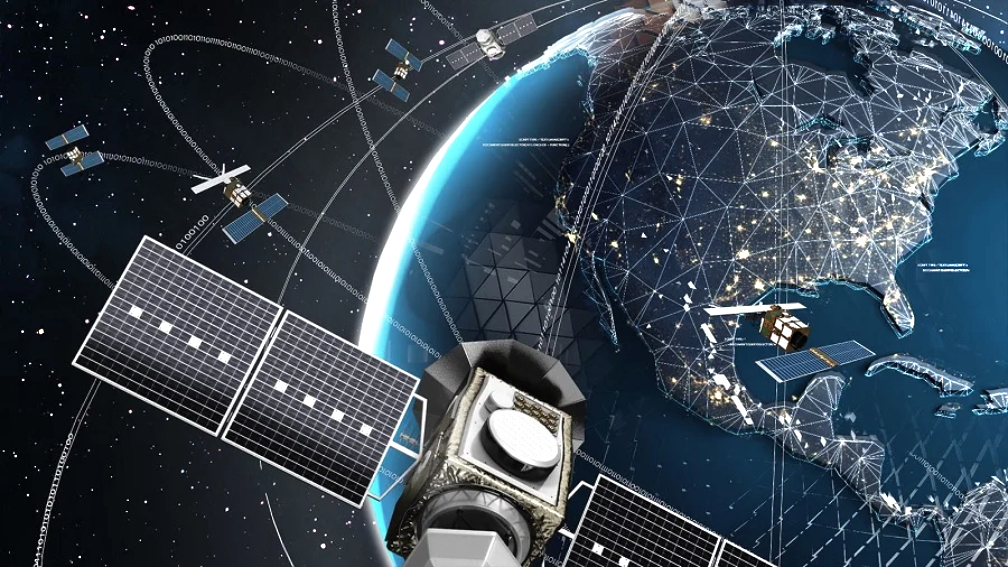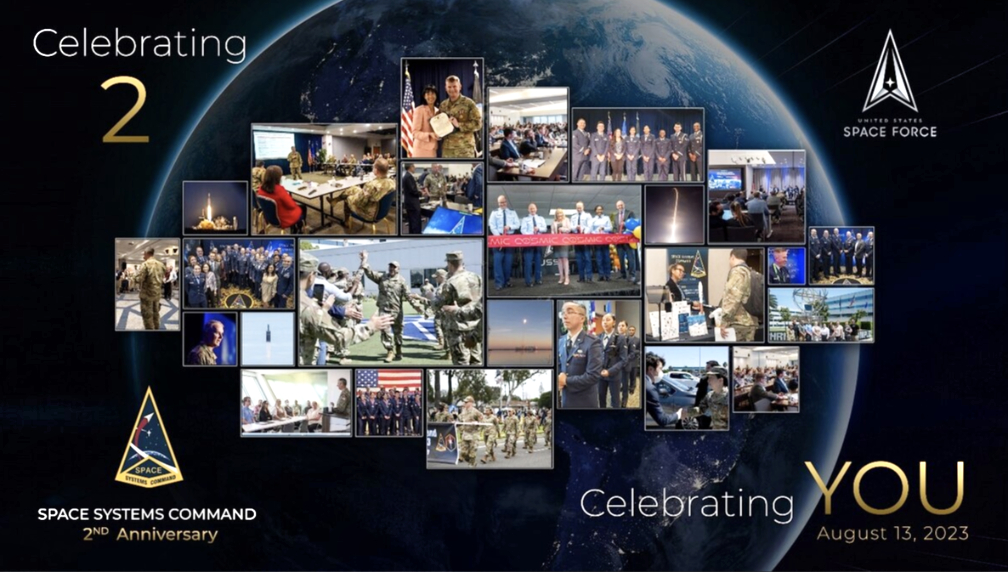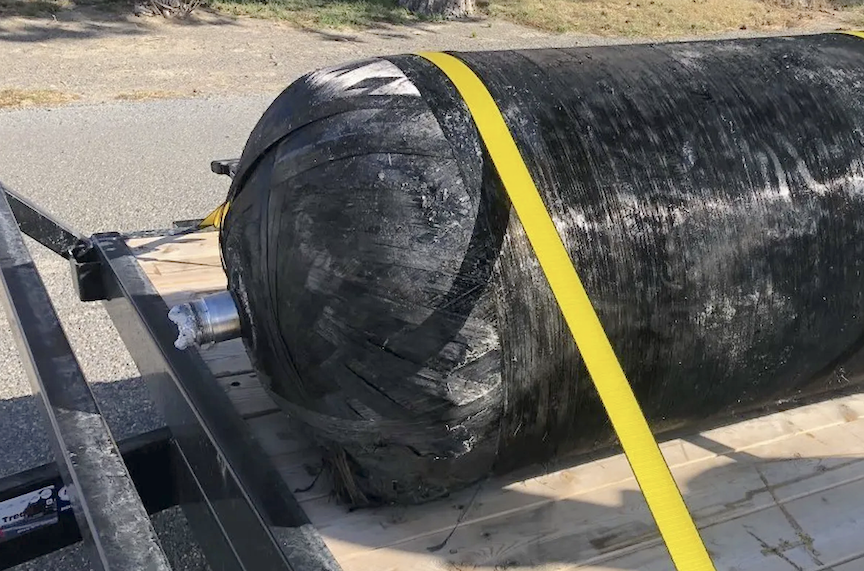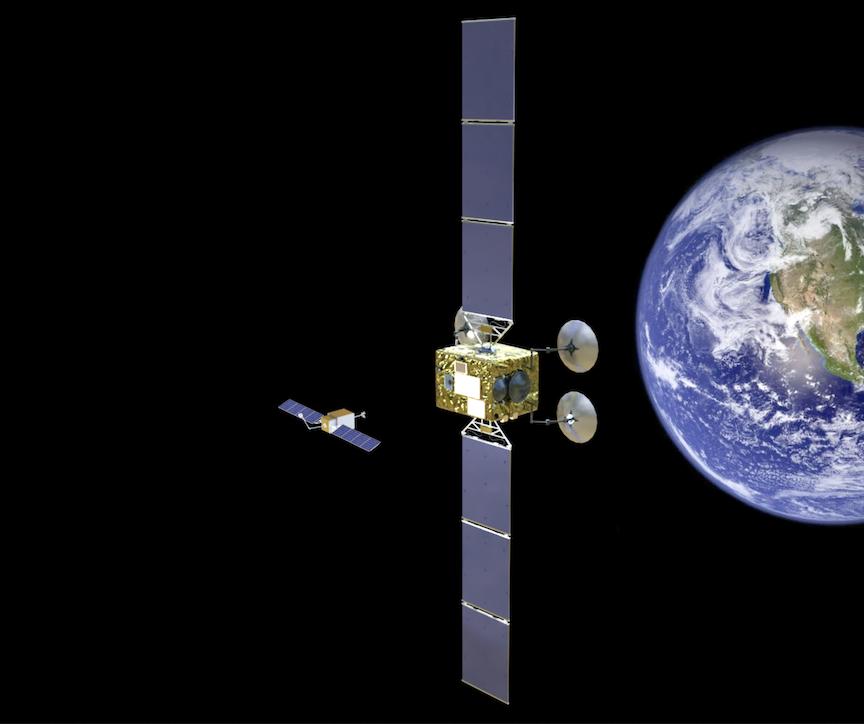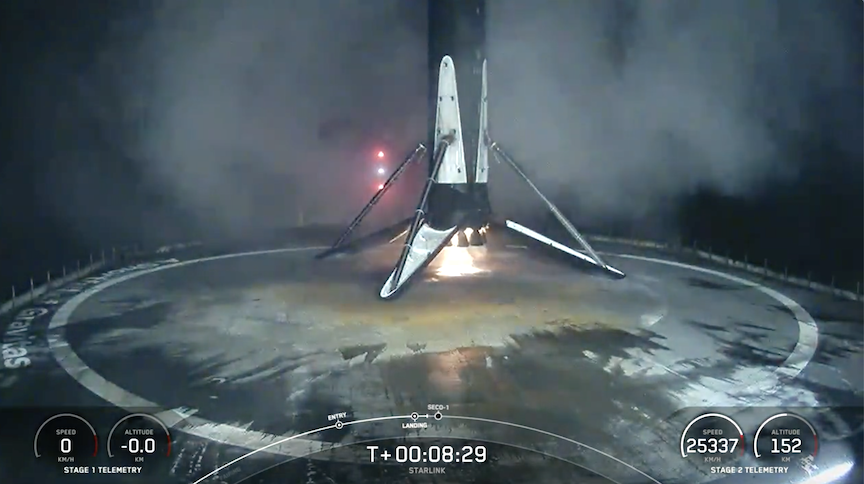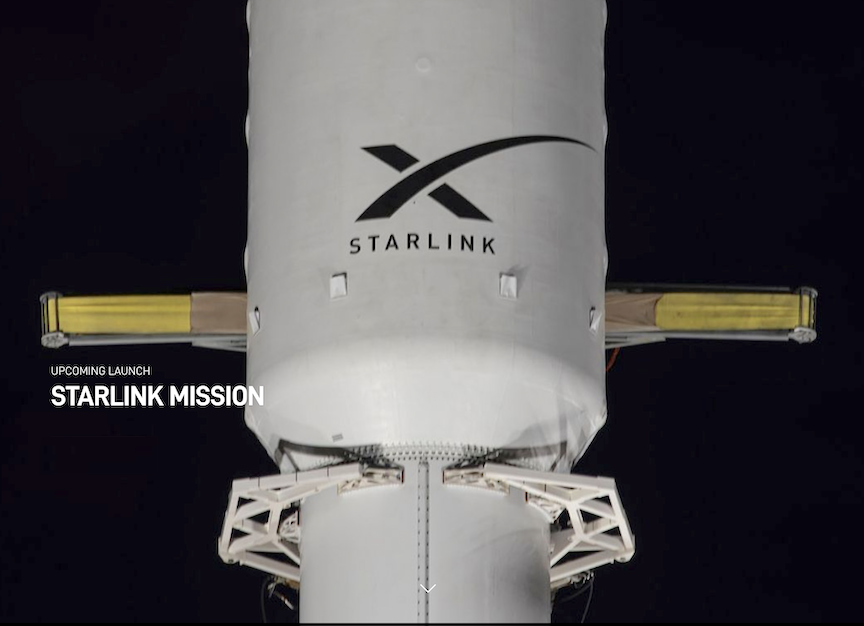
Amazon’s Project Kuiper has validated all systems and subsystems on board its prototype satellites and has also demo’d the first, two-way video call over Amazon’s end-to-end communications network.
Within 30 days of sending two prototype satellites into space, Project Kuiper has achieved a 100% success rate for its Protoflight mission.
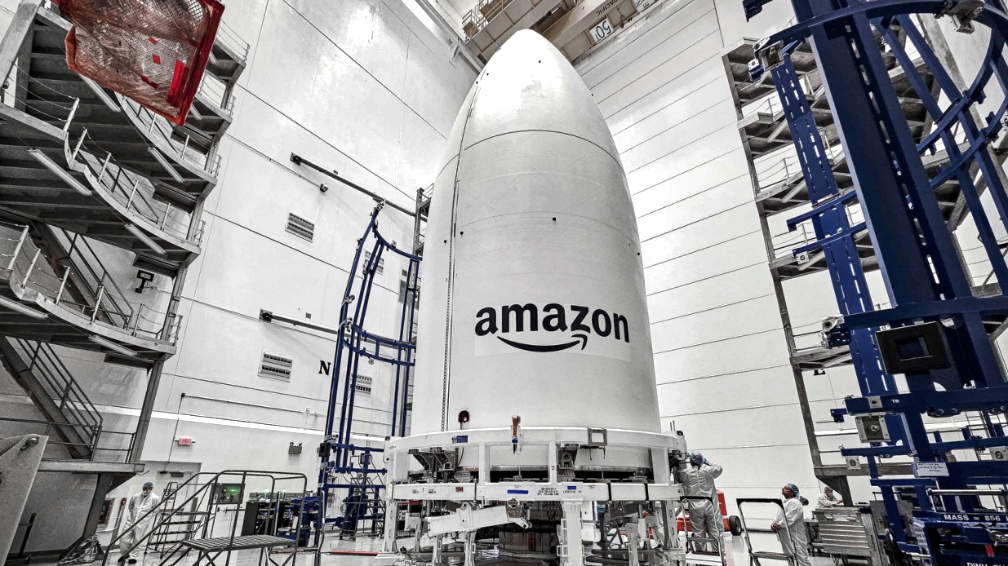
The mission validated key technologies that underpin the network and moving the program another step closer toward that long-term vision.
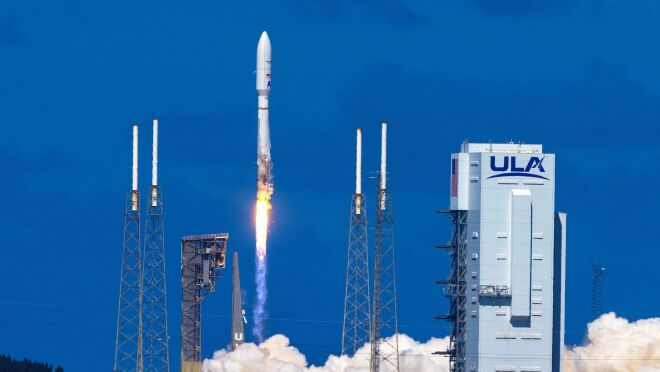
Every major system and subsystem on board the two prototypes—from flight computers and solar arrays to our propulsion system and advanced radio frequency (RF) communications payload—demonstrated nominal or better performance following launch. Together, these tests have allowed the team to validate the architecture and design of the satellite constellation and to conduct demonstrations of 4K video streaming and two-way video calls over the network. With initial testing complete, Project Kuiper is on track to begin mass satellite production ahead of a full-scale deployment starting in the first half of 2024, before entering beta testing with select customers later in the year.
“Kuiper was an idea on a piece of paper a few years ago, and everything we’ve learned so far from our Protoflight mission validates our original vision and architecture,. We still have a lot of hard work ahead, and scaling for mass production won’t be easy. To get these results on your very first mission though—and so quickly after launch—is an incredible feat, and it’s only possible because of the expertise and dedication of our team here at Amazon.” — Rajeev Badyal, Vice President of Technology, Project Kuiper
The Protoflight mission allowed the team to test the full range of hardware, software, and infrastructure that underpin our network. This includes the key systems and subsystems that allow our satellites to operate safely and reliably in space—satellite structures and mechanics, flight computers, propulsion systems, solar power generation and distribution systems, batteries, reaction wheels, and more—as well as the advanced RF communications payload we use to send and receive data through the Kuiper network.
The mission has also allowed for technology and infrastructure on the ground validation, including prototypes of the customer terminal; telemetry, tracking and control (TT&C) stations located in locations such as Hawaii and Mauritius; the ground gateway station in Texas; and connection points to the terrestrial internet via Amazon Web Services (AWS).

The most recent Protoflight tests involved the RF communications payload, which includes a combination of parabolic antennas, phased array antennas, and additional innovations that allowed the team to send customer data traffic across the network. This was the last major satellite system that was set out to be proven in space, and through a series of experiments during the week of November 5, end-to-end network functionality was successfully demonstrated. Data traffic was also sent in both directions from the internet over an AWS fiber-optic connection to the ground gateway station, up to the satellites, and then down to a customer terminal at the test location.
The tests were designed to showcase different performance characteristics of the Project Kuiper network, on top of the basic functions of transmitting and receiving data. In the first demonstration, an Amazon Prime account was logged onto, searched for a product, added it to the cart, and then checked out.
In the second demonstration, Prime Video was logged onto and a search conducted for the Amazon Original movie A Million Miles Away, and then streamed that title as an ultra-high definition (UHD) 4K video. This test highlighted network throughput and low latency.

For the third demonstration, the team conducted a two-way video call over Amazon Chime between the test site in Texas and the mission operations center in Washington. In addition to requiring low latency for a smooth video call, this test involved “full duplex” performance, with the antennas simultaneously sending and receiving data.
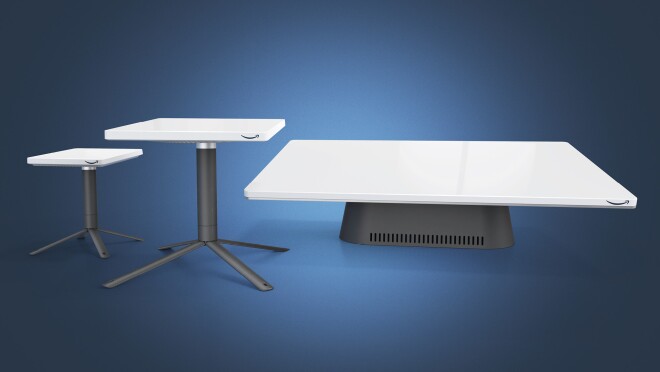
The demonstrations occurred during brief contact windows each day as the prototype satellites’ elliptical orbits took them over the test site, and a link was successfully established to receive internet connectivity. Each contact window ranged from approximately 30-120 seconds, based on the satellites’ position relative to the test site. That experience was unique to the Protoflight mission as there are only two satellites on-orbit. When commercial service starts, there will always be a satellite within range of customers, and the software-defined network will seamlessly hand off the data link from one satellite to the next as they pass overhead for uninterrupted connectivity.
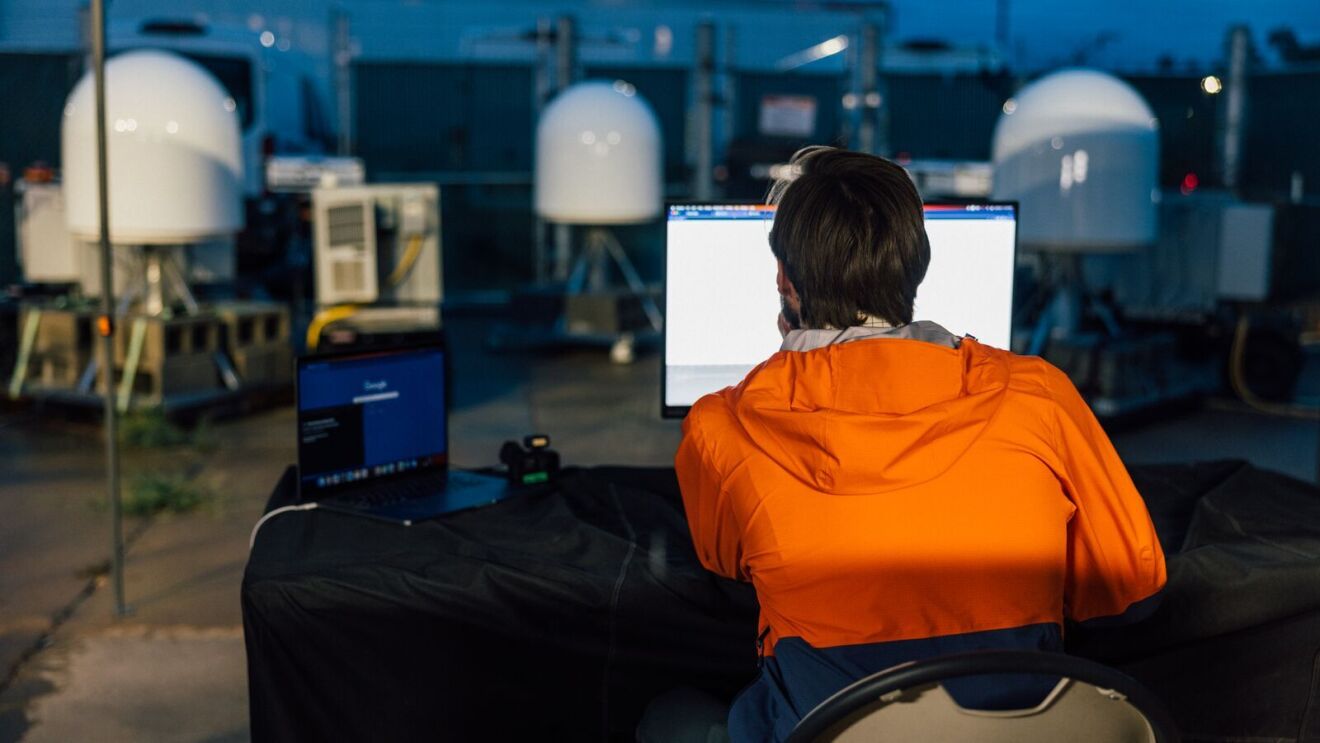
The mission also gave the teams on the ground a chance to demonstrate and refine procedures for satellite processing, launch, and mission operations—critical experiences as we prepare for a rapid launch cadence beginning in 2024. Although validation of the core satellite and network design has already been accomplished, the Project Kuiper will continue running experiments over the next several months under different conditions and observe how these prototype satellites hold up to the extremes of space.
When Amazon initiates beta testing of Project Kuiper in the second half of 2024, early partners such as Vodafone and Verizon will be among the first to participate in those service pilots. Additional enterprise, telecommunications, and government customers and partners seeking to take part in our pilot program can register interest through early 2024.
Article written by Amazon staff.



